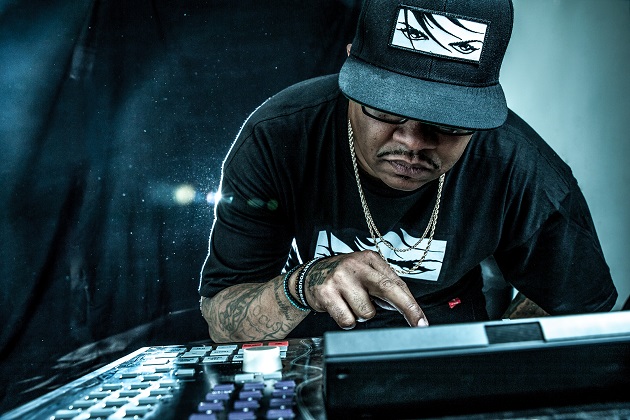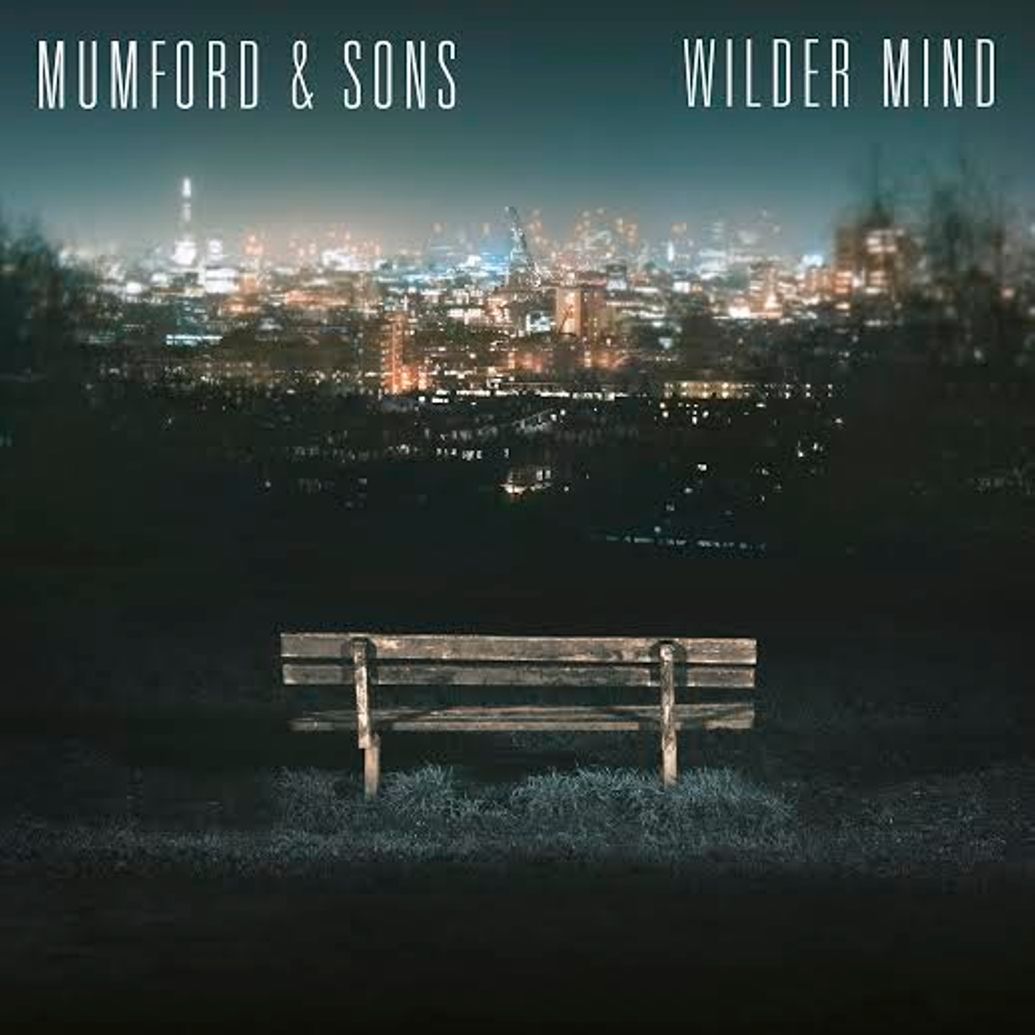 When you listen to a song that you haven’t heard before, what is it that draws your attention? Is it the beat that gets you moving? Is it the lyrics tugging at your heart strings? Is it the arrangement and interplay of the instruments? A great song has a bit of all of these elements, but what can set a song apart from the rest often involves the hidden science and art of the audio engineer helping to put those pieces together.
When you listen to a song that you haven’t heard before, what is it that draws your attention? Is it the beat that gets you moving? Is it the lyrics tugging at your heart strings? Is it the arrangement and interplay of the instruments? A great song has a bit of all of these elements, but what can set a song apart from the rest often involves the hidden science and art of the audio engineer helping to put those pieces together.Songwriting is a completely subjective thing to people. So while I could write about the formulaic ideas that can create a hit song, you could also just think of yourself at the age of 14 and write to that kid and you’ll probably reach the same point. The key with songwriting is to draw your listener into the song by giving them something they can relate to, effectively creating an emotional attachment.
Nick Hornby once wrote about songwriting in his book “High Fidelity” (and John Cusack embodied it) that we listen to thousands upon thousands of songs about love and heartbreak. So why is it that the most common theme across ALL musical platforms is misery over lost love? Because it is something that everyone goes through, something that everyone can relate to, and something that is a fundamental human understanding as we go through life. That topic brings together more people than anything else. Seems like a bold statement to make, but how many of us turn on music for at least an hour a day? Next time you’re listening to the songs blaring through your speakers or headphones count how many of them carry the underlying theme of love or heartbreak. Yes, I am including the types of songs that include lyrics like “finding my bitches in this club” – momentary love is still love – call me a romantic if you will, but it still counts.
Beyond the lyrics, songwriting involves having the basic fundamental chords that will move with the song. As you develop the structure of a song make sure that the chords that are chosen convey the message you wish to express. Do you want dissonance in your song to express tension or sadness? Do you want more upbeat sounding tones? Then stick to major chord structures.




